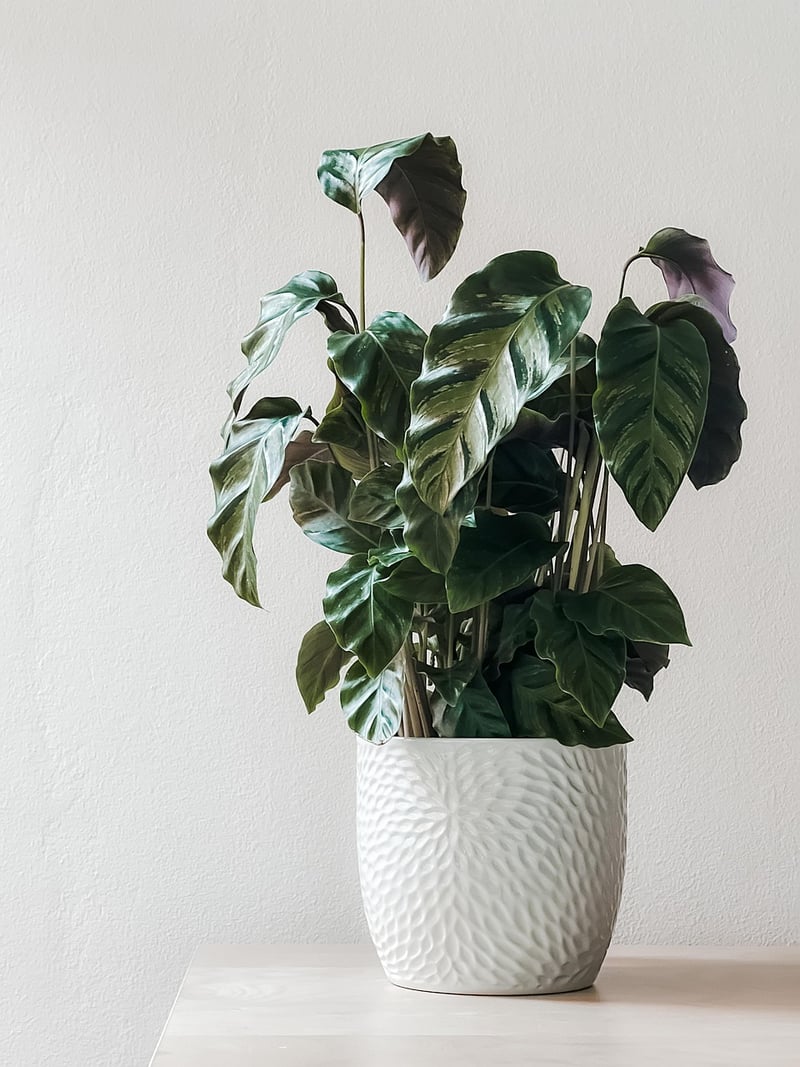Light Requirements
Essential Care for Vertical Garden Plants + Light Requirements
Introduction to Vertical Gardens
Vertical gardens are a fantastic way to bring greenery into small spaces or create a striking visual feature in any location. Whether indoors or outdoors, vertical gardens can transform dull walls into vibrant living spaces.
Essential Care Tips for Vertical Garden Plants
Proper care is essential to ensure the health and vitality of your vertical garden plants. Here are some key tips to help you maintain your vertical garden:
1. Adequate Watering
Ensure your vertical garden plants receive enough water to thrive. Monitor the moisture levels regularly and adjust your watering schedule based on the plant's requirements.
2. Regular Pruning
Prune your vertical garden plants as needed to promote growth and maintain their shape. Remove any dead or yellowing leaves to encourage new growth.
3. Fertilization
Provide your vertical garden plants with a balanced fertilizer to ensure they receive essential nutrients for healthy growth. Follow the instructions on the fertilizer package for best results.
4. Pest Control
Monitor your vertical garden plants for any signs of pests or diseases. Implement appropriate pest control measures to protect your plants from damage.
Light Requirements for Vertical Garden Plants
Light is a crucial factor for the growth and development of plants. Understanding the light requirements of your vertical garden plants is essential for their overall health.
1. Full Sun Plants
Plants that require full sun need at least 6-8 hours of direct sunlight daily. Examples of full sun plants include herbs like basil and rosemary, as well as many flowering plants.

2. Partial Sun/Partial Shade Plants
Plants that thrive in partial sun or partial shade require 3-6 hours of sunlight per day. Examples of these plants include ferns, begonias, and coleus.

3. Full Shade Plants
Plants that prefer full shade can thrive with little to no direct sunlight. Examples of full shade plants include peace lilies, hostas, and ferns.

By understanding the light requirements of your vertical garden plants and providing them with the necessary care, you can create a thriving and beautiful green space in any environment.
Remember to always research the specific needs of each plant in your vertical garden to ensure they receive the best care possible.
